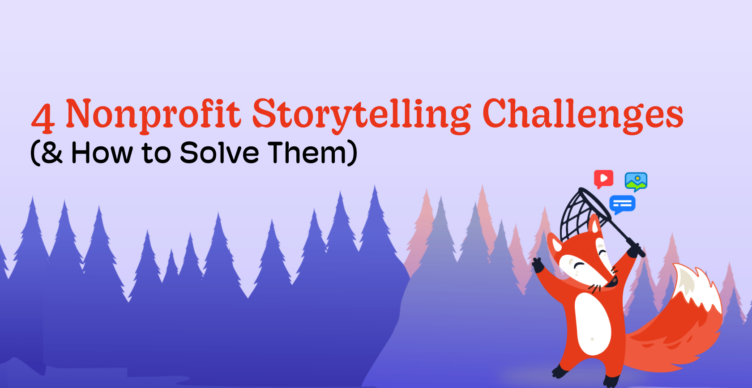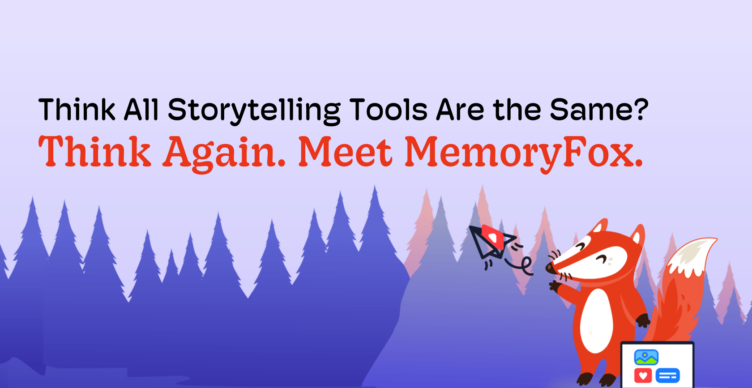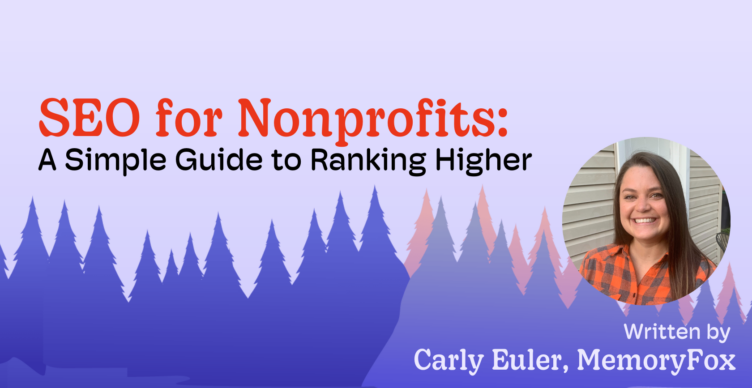Ethical Storytelling
Empathy in Practice: 3 Keys To Sharing Sensitive Stories
In the pursuit of nonprofit missions, we often encounter sensitive stories that demand compassionate and responsible handling. Whether advocating for marginalized communities, raising awareness about social issues, or highlighting the impact of our programs, the stories we share carry immense weight for the storyteller, as well as for our community as a whole. However, navigating storytelling that balances between transparency and respect for privacy can be daunting.
In the post, we’ll explore the three essential keys to sharing sensitive stories at your nonprofit. These steps have been synthesized from the 2023 Ethical Storytelling Report, which includes the perspectives of 20+ storytelling experts and boots-on-the-ground nonprofit professionals.
When asked: “What is the best way to share stories while still being sensitive toward triggering others?”, we received thoughtful answers from Frank Velásquez Jr., Evan Wildstein and Maria Bryan that emphasize three keys to collecting, organizing and sharing sensitive stories from your community. Let’s dig in:
3 Keys to Sharing Sensitive Stories
1. Be Transparent About Your Intentions.
“Frame the issue before responding. Kindly state that before you answer, it is our responsibility to do everything we can to avoid re-activating trauma, and instead to honor and uplift the community through their stories. Share how using asset-based language keeps the focus on the aspirations of the community and distinguishes between their resilience versus the systemic inequities that exist. Words matter; actions speak. When we change the formula, we can get a different result. A better result.” – Frank Velásquez Jr., Founder of 4 Da Hood
Ethical storytelling begins at the point of story collection. When you let your storyteller know how you plan to use their story, they are able to make an informed decision about what they are willing to share with the intended audience. For example, a storyteller may feel more comfortable sharing in-depth details if you are using the story as part of a grant application, as opposed to being shared on social media where anyone can potentially see it. Being transparent about your intentions builds trust with your storyteller, making them feel empowered and potentially willing to share again in the future.
2. Explicitly Capture Consent.
“A safe bet is to assume ALL stories are sensitive, either to the person who is sharing them or to the stakeholders reading, sometimes both — and this might not always be made clear for us. We can be good stewards of our stakeholders’ stories by being collaborative, honest and communicative. Especially with collateral like brochures or videos, we must ensure we have actual consent to use stories — not simply implied consent — and try like heck to feature people in a dignified, human way; your organization should not portray stakeholders at their lowest, worst-possible moments.” – Evan Wildstein, Director of Community Philanthropy at Every Texan
Capturing consent is the most important aspect of sharing stories in an ethical way. It is absolutely essential that your nonprofit captures written consent before sharing a story. Under no circumstance should consent be implied or based on a verbal agreement. However this does not need to feel like a barrier to the collection process, “written” consent can be as simple as an electronic checkbox.
Additionally, consent should not be considered in perpetuity. Storytellers should have the ability to remove their consent at any time, with no questions asked. See MemoryFox’s Story Consent Removal Form to see an example your organization could offer.
Finally, we recommend organizations regularly check in with their storytellers to reconfirm consent. If you are planning to share a story a year or more after you initially collected it, it is a good idea to email or call your storyteller to double check that they are still comfortable with this portrayal.
3. Use Content Warnings Judiciously.
“When sharing painful content, it’s important to provide content warnings upfront so audiences can make informed choices about engaging. Content warnings allow us to share lived experiences while supporting the individual agency and the well-being of our audiences. By clearly labeling distressing material and describing its contents, we enable readers to protect their mental health if needed. Content warnings uphold both the value of sharing one’s truth and the value of personal boundaries.” – Maria Bryan, Trauma-Informed Storytelling Trainer at Maria Bryan Creative
Ethical storytelling does not stop at the point of the storyteller. Additionally, it is essential to consider the lived experiences of the story receiver as well. Providing a content warning before sharing a sensitive story is a respectful way to protect the mental health of those who are viewing your community story.
Content warnings are recommended when sharing stories that include the following topics:
- Sexual assault
- Abuse
- Child abuse
- Animal cruelty or animal death
- Self-harm and suicide
- Eating disorders
- Violence
Please note that this is not an exhaustive list. To ensure the proper use of content warnings at your organization, craft an SOP (Standard Operating Procedure) document that outlines your nonprofit’s guidelines, and educate your staff. Having everyone on the same page is the first step to a more inclusive, ethical work environment.
In the realm of nonprofit work, where each story holds the potential to inspire change, ethical storytelling isn’t just a choice – it’s a responsibility. By integrating these three principles into nonprofit storytelling practices, we uphold the values of integrity and empathy that underpin our missions. Remember, the stories we share are not just narratives; they are the voices of resilience, the echoes of hope, and the catalysts for transformation. Together, let’s continue to share them ethically, amplifying the voices that deserve to be heard while safeguarding the trust bestowed upon us.
Additionally, you can stay informed about ethical storytelling practices for the nonprofit space by: 
- Watch the December 2023 Narratives With Integrity Panel Recording
- Join the Narratives With Integrity LinkedIn Group to keep the conversation going
- Download the 2023 Ethical Storytelling Report

About the Author
Carly Euler
Marketing Manager, MemoryFox
Carly comes from the nonprofit world ready to elevate the hundreds of nonprofits in the MemoryFox community. She currently serves as the Co-Chair of the Wily Network’s Young Professionals Association, and has previously held positions at the Breast Cancer Coalition of Rochester, the Code of Support Foundation, Kenya Lacrosse Association, and the BOMA Project, where she has specialized in marketing, communications, and fundraising. Storytelling has been an integral part of each role.




